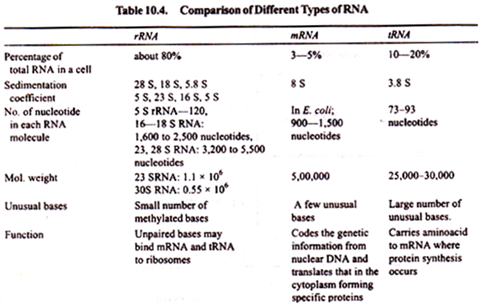The below mentioned article provides a study note on analysis of variance.
The classical technique for comparing the two sample means is based on student’s ‘t’ test, but a different statistical technique, analysis of variance, is required when analysis of data of three or more experimental or field samples are involved. For example, a plant physiologist investigating the effect of IBA on emergence of roots from detached leaves.
He used three different concentrations of IBA in five replicates. The aim of the investigator is to find out if there is any differential effect of IBA concentration on root emergence or not. The ‘t’ test may be employed here to compare the means of treatment effects taking two at a time, i.e., comparison can be done between any two concentrations.
For three different concentrations (A, B, C) altogether three tests (A & B, B & C, A & C) are required and which will make the procedure unnecessary lengthy. If in an experiment 7 different effects are to be studied then 21 ‘t’-tests will be required. Also each time ‘t’-test is concerned with Type-1 error, i.e., the probability of false rejection of null hypothesis may be much higher than it appears to be.
In order to get certain positive results with greater efficiency, a different test is applied involving many samples which is called analysis of variance (ANOVA). Though the name of the test is somewhat misleading as it does not test the variance, rather the test is aimed at comparing means. The analysis is directed to variations between the treatments and variations among the individuals of particular treatment.
F-Statistics:
The analysis of variance is based on F-statistics which is a ratio of variances. The ratio of variances due to treatments and variances due to random differences within the treatment is calculated and the estimate, known as the ‘F’, is then used for comparison.
To find out the variance ratio ‘F’, the deviations are dealt in two parts:
(a) Deviation due to treatment effect and
(b) Deviation due to random differences in the individual items within treatments.
For calculation of ‘F’ value, the deviations due to all observations, deviations due to treatments and deviations due to random differences within treatments are needed.
Steps to be followed for calculation of F-statistics:
1. The data should be arranged in tabular form showing the treatments in columns and replicates in rows.
2. Column totals are summed up to get the grand total G.
3. The totals of the squares of each observations column wise are summed up to get the value of A.
Therefore, A = a1 + a2 + a3
4. The squared column totals divided by the no. of observations are summed up to get the value of B.
Therefore, B = b1 + b2 + b3
5. The squared row totals divided by the no. of observations in row are summed up to get the value of c.
Therefore, C = c1 + c2 + c3
6. The squared grand total (G2) divided by the no. of observations made which is the value of D.
7. Tabulation of all Calculations for analysis of variance:
8. Calculation of F-value between treatment variation and between replicate variations.
9. Table for comparison of F-value.
10. When the calculated F-value is less than tabulated F-value then the treatment has no significant effect, whereas if calculated F-value is more than tabulated value then the treatment has significant effect.
Practical sheet for analysis of variance (one way classification):
where c and r stand for the number of columns and rows, respectively.
Total SS = A – D u (number of columns)
Between treatment SS = B – D v (number of rows)
Residual SS = A – B Analysis of variance table:
Total sum of squares = A – D
Between treatment sum of squares = B – D
Between rows sum of squares = C – D
Residual sum of squares = (A – D) – {(B – D) + (C – D)}
Table for analysis of variance:
Example 5: A plant physiologist was investigating the effect of IBA on emergence of roots from detached leaves. He used three different concentrations in five replicates and got the following results. Calculate the ‘F’ value to study the analysis of variance.
Inference:
The calculated F-value 30.95 for between treatments of three concentrations of IBA is found to be greater than the tabulated F value for n1 = 2, n2 = 8 degrees of freedom at .001 and .01 probability level. Thus the deviation is highly significant. Here the null hypothesis stating that the 3 different concentrations of IBA have the identical effect is rejected at 99.9% level.
The calculated F-value is 0.736 for between the replicates of each treatment is found far less than the tabulated F-value for n1 = 4, n2 = 8 degrees of freedom at 0.001 and 0.01 probability level. Thus the conclusion is there is no significant difference among the replicates. Here the null hypothesis is accepted, i.e., replicates do not have any difference.
















